It may not be as prestigious as champagne, but Côte d'Ivoire wants to get protected status for attiéké, national food.
Attiéké, is a traditional couscous made from ground cassava roots, eaten by many Côte d'Ivoire residents of all ages for breakfast, lunch and dinner. It comes from the coastal areas of Côte d'Ivoire and has a centuries-old tradition. It went far beyond the country's borders and became one of the most famous dishes in French-speaking Africa and the diaspora in Europe and North America.
What is attiéké?
Etymology
Attiéké comes from the term adjèkè from language Ebèé, spoken in the south of Côte d'Ivoire, in the region of Abidjan. Originally and sometimes today, Ebrié women did not prepare the recipe as it is available on the market. In the place of origin, the term adjèkè is used to designate a product ready for marketing or for sale in order to distinguish it from a product prepared and consumed at home, called ahi.
Bambara-speaking merchants, in turn, spread the word atchèkè, while French settlers changed the name to attiéké. However, in the streets of the country, the name is often pronounced tch(i)eke, with the initial letter removed.
How is attiéké made?
Attiéké is the result of a long process of working with cassava (manioc). It is a culinary specialty par excellence of certain nations in the lagoon: Ebrié, Adjoukrou, Alladien, Avikam, Attie and Ahizi in the south of Côte d'Ivoire and is traditionally prepared by groups of women who meet in their village specifically to prepare it.
Cassava is fermented in water for several days, dried in the sun, crushed, squeezed, dried again and separated and then stewed. All these steps remove hydrocyanic acid, which is naturally found in cassava. Consumption is so high that factories have been built for its production.
In 1979, the Société Ivoirienne de Technologie Tropicale, I2T, was established and, thanks to the research of Mr Diarro Oumar, General Manager, the production of the attiéké has been greatly facilitated, in particular by modernizing production. Since then, the attic in Côte d'Ivoire has been successful. Dehydrated is also exported to Europe, while the finished spherical product is also sold in other African countries. Attiéké exported to Europe, especially France and Belgium, is sold dehydrated, fresh or frozen.
Attiéké is traditionally produced by women in villages throughout the country and on the outskirts of Côte d'Ivoire's capitals, especially in southern and central Côte d'Ivoire. It is sold on local markets, in individual portions and in larger bags.
How to eat attiéké
It is traditionally consumed as a side dish to meat, poultry or fish, often with grain sauce, often eaten by hand after forming small balls. It can also be eaten with omelets for dinner or as a lead. Attiéké is usually served with a mixture of diced onions and tomatoes and flavored with spices and vinegar. It is also often served with fruits such as avocados and sometimes roasted peanut seeds.
Difference between attiéké and semolina (couscous)
Attiéké has a slightly sour taste and is odorless. Many tongues do not feel any difference from couscous. But its color stands out well, lighter texture, more flexible and sticky, slightly translucent. Its scent is also typical. The biggest difference is that attiéké is a fermented product, while couscous is a product obtained directly from wheat milling.
At the tables of Côte d'Ivoire, the attic is often accompanied by kedjena, spicy, slow-cooking goulash, which is traditionally prepared with chicken or pearls and vegetables. It is one of the most popular dishes in Côte d'Ivoire.
The benefits of attiéké
It is easily digested, energetic and contains vitamins and minerals. Due to its high starch content in Côte d'Ivoire, it is generally considered as product for sleeping and saturating. It consists of more than 95% carbohydrates and is low in fat (about 2%) and protein (less than 2%). It also contains important amino acids, including phenylalanine, methionine and tryptophan. Cassava is a major source of carbohydrates for humans in tropical countries and is also rich in iron, calcium and niacin (vitamin B3).
From a therapeutic point of view, hot cassava roots are traditionally used against dysentery, while leaves are an excellent natural remedy for pain. Chopped fresh root has anti-inflammatory, antiseptic and diuretic properties. From a nutritional point of view, its caloric value is quite low, around 350 kcal per 100 g.

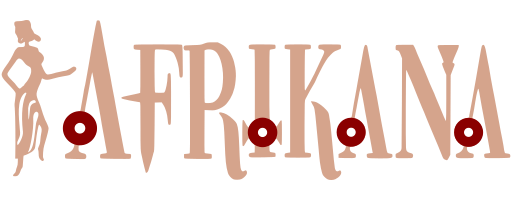
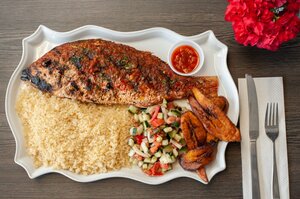
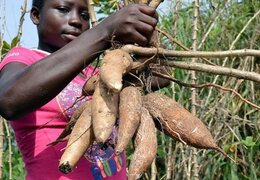
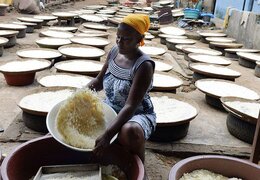
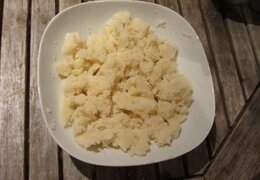
Commets 0
Add a comment